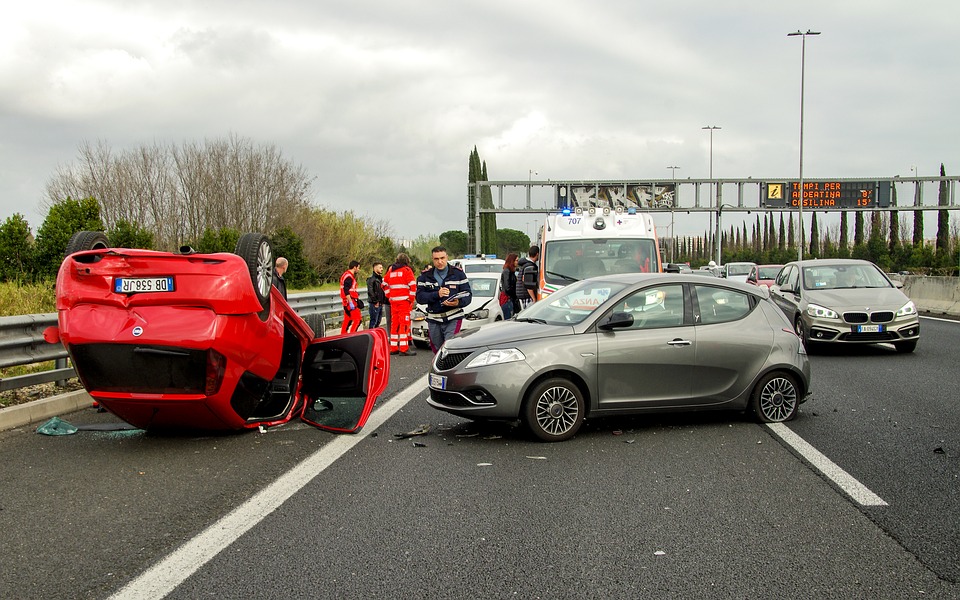Do you enjoy driving off-road trails and looking to get a proper vehicle for your adventures? The most common vehicles for off-road drivers are by far dirt bikes and ATVs. There are many differences in driving dynamics and physics of these vehicles, so it’s crucial that you know all about your vehicle before buying.
ATVs feature four-wheel vehicles that can pass all kinds of terrains. Four-wheel drive and high weight compared to dirt bikes can seem like ATVs are perfectly secure, but is it the case? Continue reading and learn more about the differences between ATVs and dirt bikes along with crucial safety tips that’ll make your adventure way more comfortable.
ATV or dirt bike – which off-road vehicle is safer?
Contrary to a popular belief that a heavier vehicle is more stable and secure, there are a few interesting studies about the number of ATV accidents.
The resourceful research from John Hopkins University concluded that ATV accidents are at least 50% more serious and dangerous compared to dirt bike accidents. The study showed that more than half of the drivers that were involved in ATV accidents didn’t wear a helmet or protective gear. Dirt bike drivers tend to care about protection gear and high-quality helmets that, in many cases, save their lives. Another important factor to mention is the weight of vehicles. Dirt bikes usually don’t weigh more than 100 kg while ATVs can weigh up to 400 kg. Further, drivers usually separate from dirt bikes in a collision while ATV drivers get stuck under a heavy vehicle.
When driving ATV, dirt bike or any off-road vehicle, be sure to wear protective gear at all cost. Since ATVs are way heavier than dirt bikes and the rate of fatal accidents is significantly higher, it’s recommended to invest in a durable ATV helmet. If you don’t know which ATV helmets are best, it’s recommended to consult with other ATV drivers or motorcycle clubs in your area.
5 Quick Safety Tips for ATV Riders
Since the accidents are very common among ATV drivers, it’s important to raise awareness about safety. In the following text, you can read a few easy applicable safety tips that will definitely keep you safer and more comfortable while driving an ATV.
#1- Drive the right ATV type
Before hitting the road, it’s crucial that you pick the right type of ATV for you. There are various crucial aspects to look at before choosing the proper ATV:
- Driver’s age
- Driver’s weight
- Driver’s height
For instance, driving a powerful 700cc ATV as a 16-year-old doesn’t seem like a good idea? If you’re younger than 16, we recommend driving ATVs that are under 250cc. Once you’re bigger, older and have more experience, you can get on a stronger ATV.
#2- Don’t overspeed
Understanding the basics of ATV driving isn’t that complex, but getting really good requires experience. Many novice drivers get very comfortable early and start overspeeding on uneven terrains which usually results in accidents. Driving fast definitely pushes your adrenaline levels through the roof and it’s fun, but it’s recommended to start slow until you manage to understand your ATV and weight distribution while turning.
#3- Avoid paved roads
While driving on paved roads is totally fine, you have to be extremely careful since ATV tires aren’t designed for paved roads. Tire threads are designed for unpaved roads and off-road situations, so driving on paved roads will do extra damage to your tires. Also, it’s important to note that ATV tires are prone to blowouts, especially on higher speeds which can cause a serious accident. It’s recommended to drive extra slow and careful on paved roads if you really need to.
#4- Learn to properly sit on ATV
Getting off the seat is a common practice by novice drivers and it can be fatal. While you stand up from the sit, it automatically became very uncomfortable and hard to control throttle, clutch and brakes. The most important thing while driving ATV is to sit properly. Find a comfortable position, don’t sit too near or too far from the handles and learn when to get out of the seat. If you experience sore arms after a driving session it might indicate that you were sitting too far from the handles.
#5- Wear protective equipment
This is probably the most important safety advice. Never drive without proper safety equipment. If you don’t have money to invest in a full-protection such as chest protectors, boots, gloves, helmet, suit, and goggles, it’s recommended to at least have a helmet and chest protection. Did you know that the majority of fatal ATV accidents involves a serious spine or torso injury? Chest protector, in these cases, might be a piece of equipment that saves your life.
With all being said, ATV driving is loads of fun but never forget about your safety. Learn the basics and gradually try new and advanced tricks. Enjoy your ride!







